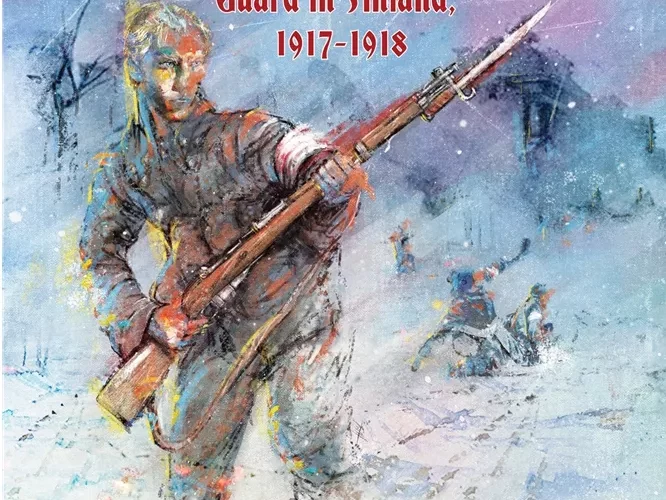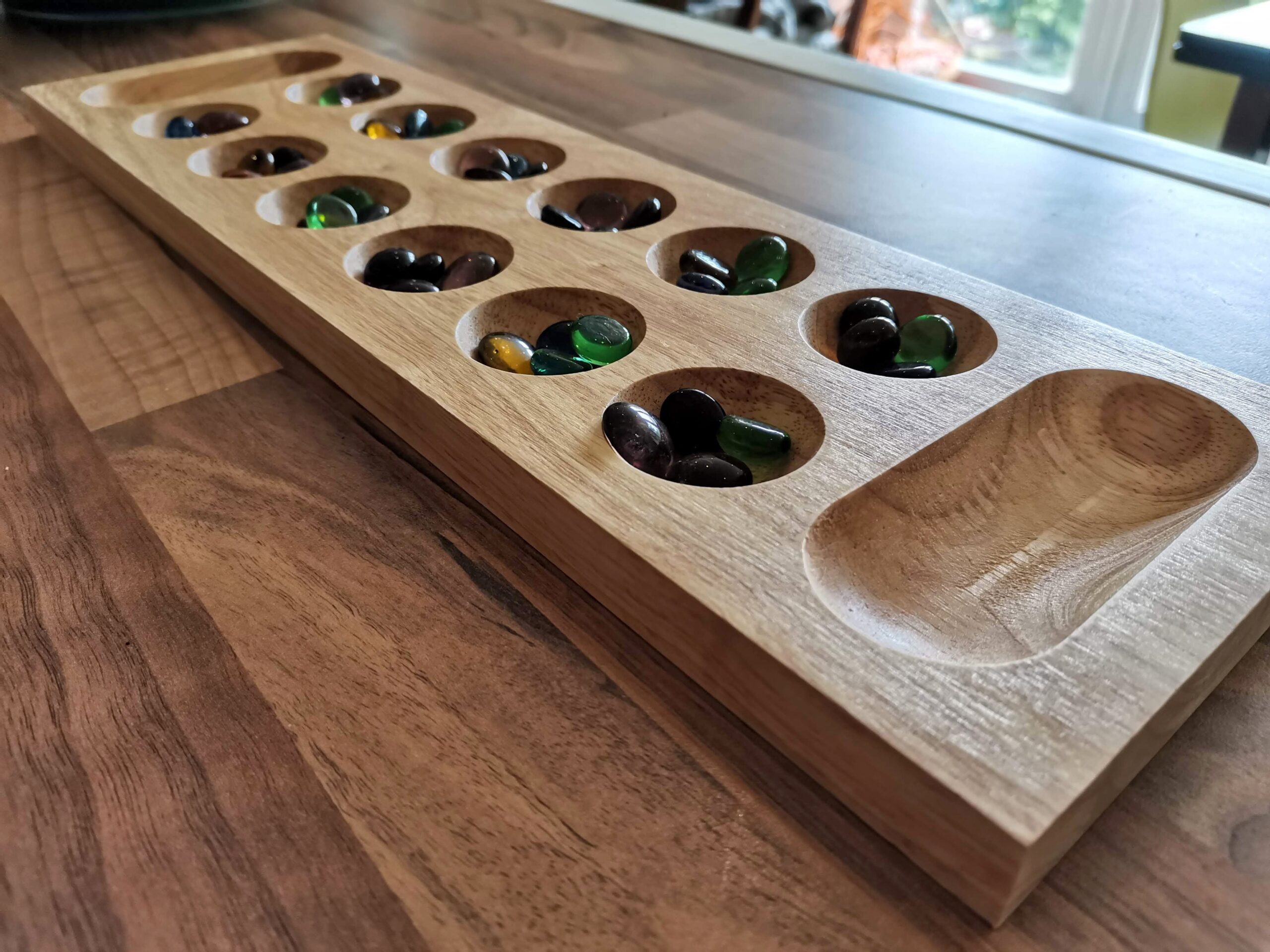All Bridges Burning Review

All Bridges Burning: Red Revolt and White Guard in Finland 1917-1918, to give it its full title for the first and last time in this review, is more COIN fun from GMT Games. A few months ago I reviewed Gandhi, the ninth game in the COIN series, and for volume ten we head North-East, to Finland. The abdication of the Russian Tsar is causing ripples in Finland, and the prospect of civil war looms large. What will the outcome be? That depends on the choices you make.
COIN it in
If you’ve been wargame-curious, there’s a good chance you’ve seen this capitalised ‘COIN’ somewhere. It’s a series of counter-insurgency games from various designers, all published by GMT Games. I guess you could call them wargames, but in my (admittedly limited) experience, there’s very little warfare. There’s no attack and defence values, or tiny numbers on a sea of cardboard chits. COIN games are about influence, control, and upsetting the balance of power. The lifeblood of COIN is an event deck which ticks away throughout the game, offering powerful opportunities, and sobering context to what’s happening on your table.
All Bridges Burning is a bit of an outlier in the series, as it’s one of the rare titles which isn’t built around four different factions. You take control of the Reds, seeking a working class revolution, the white Senate guard, trying to maintain control, or a third, blue, Moderate faction who want political reform. It gives the whole thing a very different feel, and I think it’s a real boon for new players. COIN games can be heavily asymmetric, and keeping track of what the other players are doing, as well as remembering their win conditions, is tough. Reducing that mental overhead by a third for each player isn’t to be sniffed at.

COIN games are strict in that all of the factions need to take part in every game, but at the same time they’re easy-going in that they don’t care how many meat-bags humans are taking part. The automa/AI players – or Non-Players (NPs) to use GMT’s parlance – are controlled with decks of cards and simple flow charts. Heck, you could have all three decks play against each other with no players at all if you really wanted to. The NP turns are super smooth, and mean that you can play a solo game relatively quickly. Solo play is great by the way, just be aware that the victory conditions are slightly different.
A game of two halves
All Bridges Burning has two distinct phases, and each has a markedly different feel. The first half of the game is spent posturing, building support, and doing your best to keep your cards (figuratively) close to your chest. There’s no hidden information at all.
The way these games convey theme still astounds me. For example – when the number of cells on the board reaches a critical mass, the Reds’ revolution begins. The tension this weaves into the game is fantastic. More and more activists spread across the map, vying for control of towns and regions. The white guard swell their numbers in response. You can feel it’s all going to kick off, and it’s a case of when – not if – it happens.

Up until that point, the red and white forces can’t even move around the map, let alone attack. Once the revolution starts, the game swings dramatically. Trains and cannons come into play, and all of a sudden you’re trying to build the foundations for Finland as it moves away from being a Russian duchy, into the 20th century. Russian and German troops are also in the country with their own vested interests, and the players can leverage them for their own goals. The poor Moderates are left trying to keep some kind of balance and political control while the rest of the country tears itself apart. The dichotomy between the two phases is stark, and really engaging.
If it sounds like it’s a long game, then you’re on the right track. You’re looking at something like at least three hours per game, and your first game will probably take twice as long, especially if you’ve never played a COIN game before. If it’s not your first rodeo, you’ll find it easier to pick up, but there are some notable changes from the previous games. GMT have kindly added callout boxes to the rulebook to bring these to your attention. The first you’ll notice is that eligibility order is based on player decisions now, not what’s drawn on the top of the card. It’s also likely you’ll take actions in nearly every round, not just every other.
All things in moderation
While COIN games are all about their asymmetry, it feels different in All Bridges Burning. Using Gandhi as my frame of reference, we had two violent and two non-violent factions. In All Bridges Burning, if you’re the player playing as the Moderates, it really feels like you’re playing a very different game to the others. The Reds and Whites are building up these huge forces across the map, bolstering their positions along the way, and you know that they’re going to spend the slugging it out. The Moderates though, they’re left stuck with six cells to place for the entire game. They can’t engage in combat. They feel less potent than the others.
It’s not a problem if you like COIN games, and you know what to expect, but if you’re playing this with someone new to the series, I’d suggest giving them control of red or white, instead of blue. The actions feel more tangible, and you get a better visual connection between what you’re doing and how it relates to your victory condition.

What I love about these games is the way they force you to make tough choices all the time. Everyone has their standard actions, and some powerful special commands at their disposal, which would make for an interesting game if those were all that happened. The event deck just turns things up to 11, and keeps throwing wonderful distractions out, tempting you off the road to victory. The cards offer all kinds of powerful actions, and all players know which card will be next. Sometimes you just have to pass your turn, delaying your plans, just to make sure you have first dibs on the next round’s card. That can be because you really want that next event, but nearly as often it’s just to deny one of your opponents the chance to do the same.
Hnnnnnghhh! Decisions are tough!
Final thoughts
Okay, I think I’m firmly in love with COIN games. When I first played Gandhi I was daunted, but perseverance rewarded me with one of my favourite games. I wondered whether a second COIN game would feel like more of the same, and it does. Except… it doesn’t. The system feels immediately familiar, the way the game works with its event deck, propaganda rounds, and standard actions. It doesn’t just feel like the same game with a fresh coat of paint though. All Bridges Burning isn’t just set in a different time and place, it also feels like a very different experience to play.
A game like this is never going to have the universal appeal of something like Ticket To Ride or Wingspan, and that’s okay. We’re talking about a pretty niche genre with COIN games, but I think that narrow slice of the board game pie-chart is getting bigger. So while I wouldn’t recommend you buy this to take over to play with the family at Christmas, I would say that if you’re into hobby board games, and are even remotely curious about COIN games, GMT Games, or wargames of any sort, this is a fabulous place to start.
I love the fact that all factions in All Bridges Burning need to be mindful of all of the moving parts on the board. There are very achievable conditions where none of the players win. The German and Russian supporting troops can win, but if they tie, nobody at all wins. Maybe that sounds terrible to you, but I love it. It keeps everyone aware of everything that’s going on, and it means towards the end of the game you could end up taking sub-optimal turns, just to avoid losing to a force who don’t have anyone controlling them!
All Bridges Burning is a fantastic game, and for now, it’s the COIN game I’d recommend to get started with. It’s Tosi hyvä.
Footnote
I know the way I talk about this game makes it sound like I have a very flippant take on what was a bloody civil war. A war in which nearly 40,000 Finns lost their lives. It’s important to acknowledge that while this is a game, it’s also a simulation of real-world events that happened. GMT, and their designers, have a real respect for the history, and manage to handle things with due sensitivity. The background and events are all explained in great detail, and at no point is it made light of. All Bridges Burning models what happened, and what could have happened. There’s no laughter to be had. It’s a tactical simulation, and if anything, leaves you with a profound sense of the scale of suffering a nation went through. It’s an educational, yet still enjoyable, experience. There’s further reading available from the rulebook, and all research is fully referenced throughout.
Review copy kindly provided by GMT Games. Thoughts and opinions are my own.

All Bridges Burning: Red Revolt and White Guard in Finland 1917-1918 (2020)
Designer: V P J Arponen
Publisher: GMT Games
Art: Chechu Nieto
Players: 1-3
Playing time: 180-360 mins











